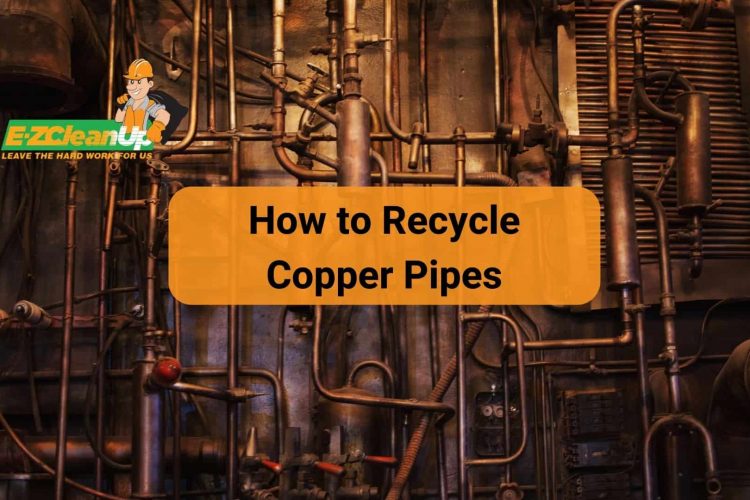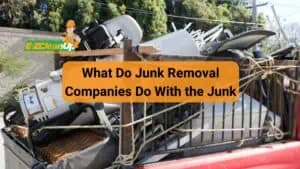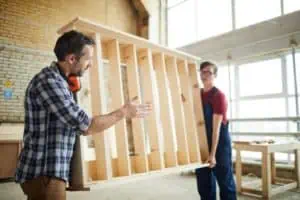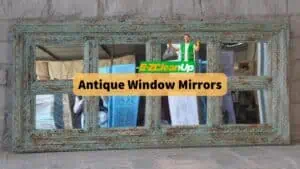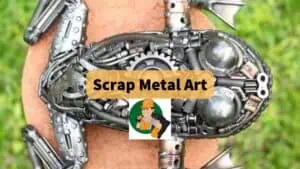To recycle copper pipes, first identify a reputable recycling center that specializes in metal processing. Prepare the pipes and transport them to the chosen recycling facility, where they will be melted down, refined, and ultimately transformed into new copper products.
Read our guide below to find out more about the processes involved on how to recycle copper pipes.
Recycling Process for Copper Pipes
Here’s an overview of how copper pipes are brought to recycling centers and processed into new, usable materials.
Taking Copper Pipes to a Recycling Center
The initial step in recycling copper pipes involves their delivery to a facility that specializes in processing this type of material. This stage is crucial for ensuring that the copper reaches the right hands for recycling.
Locating a reputable recycling center is key to successful copper pipe recycling. Researching facilities that are known for their commitment to responsible recycling practices ensures that your copper will be recycled efficiently and ethically. Many centers can be found through online directories or local environmental agencies.
Before taking copper pipes to a recycling center, it’s important to understand their specific requirements. This may include how the copper should be prepared, sorted, or cleaned prior to acceptance. Some centers may also have guidelines on the types of copper they accept, based on quality, type, or form.
The Recycling Center’s Process
Upon arrival at the recycling center, copper pipes undergo a series of processes to convert them into reusable copper material.
1. Melting and Refining Copper
The recycling process begins with the melting of the collected copper pipes in a high-temperature furnace. This step separates the pure copper from any remaining impurities, which rise to the surface and are removed. The refining stage ensures that the resulting molten copper meets high-quality standards, ready for the next phase of recycling.
2. Casting Recycled Copper into New Products
Once refined, the pure molten copper is cast into new forms. These include ingots, billets, or directly into new copper products like pipes and wires. This transformation highlights the efficiency of copper recycling, where recycled copper is virtually indistinguishable from copper obtained from ore in terms of quality and performance.
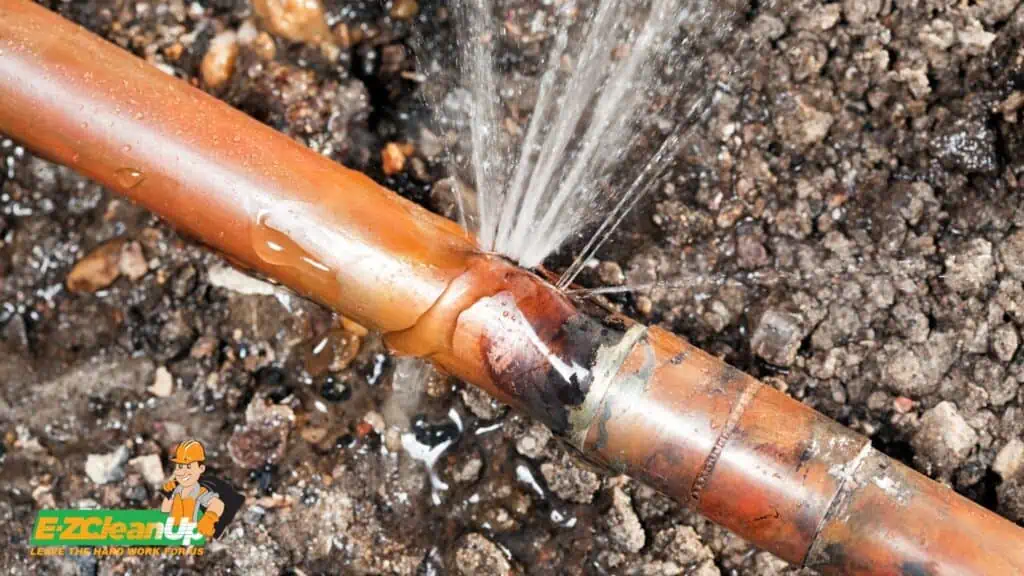
Financial Aspects of Recycling Copper Pipes
Recycling copper pipes is not only beneficial for the environment but also offers financial incentives. Understanding the market dynamics and preparation techniques can significantly enhance the financial returns from recycling copper.
How to Get Paid for Scrap Copper Pipes
Turning copper pipes into cash involves a few critical steps, from knowing the current market value to preparing the copper for sale. Here’s how to deal with this process effectively:
1. Current Market Prices for Recycled Copper
The price of recycled copper fluctuates based on global supply and demand. As of the latest data, prices can range significantly, with bare copper wire and tubing fetching around $3 per pound.
Keeping an eye on these market prices is essential for timing your sale to maximize profits. Websites and trade publications related to metal recycling often provide up-to-date pricing and market trends.
2. Tips for Maximizing Your Return
To ensure you receive the best possible price for your copper pipes, consider the following strategies:
- Cleanliness: Prior to sale, remove any fittings, solder, and insulation from your copper pipes. Recycling centers pay more for clean copper free of contaminants.
- Segregation: Sort your copper pipes by type and quality. Different grades of copper can fetch different prices. This is why separating your copper can lead to better rates.
- Efficiency: Utilize tools and machinery for cutting and separating copper pipes to save time and enhance the quality of the scrap. Efficient preparation can significantly impact the overall value of your copper.
- Relationships: Building a good relationship with a reputable recycling center can be advantageous. Loyal customers may receive better rates or preferential treatment, improving long-term returns.
Innovative Uses for Recycled Copper Pipes
The adaptability and aesthetic appeal of copper make it an ideal material for a variety of innovative applications. You can do a lot of projects that blend functionality with creativity.
Examples of Products Made from Recycled Copper
Recycled copper pipes are transformed into a wide range of products, showcasing their versatility and sustainability. Some notable examples include:
- Artistic Installations: Architects and artists upcycle copper piping into sculptures, architectural features, and decorative displays.
- Garden Accents: In the garden, copper pipes can be repurposed as unique planters, trellises, and ornamental pieces. They can add a touch of elegance and durability to outdoor spaces.
- Light Fixtures: Creatively fashioned into bases for lampshades, chandeliers, and sconces, recycled copper pipes enhance interior design with their warm, industrial aesthetic.
- Decorative Shelving: Utilized vertically, these pipes become functional, stylish shelving units. These projects combine industrial charm with practicality.
- Outdoor Furniture: With the right finishing, copper pipes are crafted into durable tables, chairs, and benches. They offer durable and attractive outdoor seating solutions.
- Sound Barriers: When arranged horizontally, copper pipes can serve as effective sound absorbers. They make effective and innovative solutions for noise reduction.
- Rainwater Harvesting Systems: Incorporated into rainwater collection setups, copper pipes contribute to sustainable water management practices by facilitating the capture and reuse of rainwater.
Creative DIY Projects Using Recycled Copper Pipes
For the hands-on individual, recycled copper pipes provide a wealth of DIY possibilities. Here are some creative project ideas:
- Custom Lighting Solutions: Design your own unique lighting fixtures, from minimalist desk lamps to elaborate overhead lighting, using copper pipes as the structural foundation.
- Home Decor and Organizers: Create magazine racks, wine holders, or utensil organizers. Combine the rustic appeal of copper with functional design.
- Jewelry Stands and Displays: Fashion elegant stands for jewelry and accessories, utilizing the natural shine of copper to complement the beauty of the items on display.
- Artistic Plant Stands: Elevate your indoor gardening with custom-made plant stands, using copper pipes for a sleek, modern look.
Identifying Recyclable Copper Pipes
Let’s explore the characteristics of copper pipes that determine their recyclability and how to differentiate between those that can and cannot be recycled.
Types of Copper Pipes and Their Recyclability
Application and composition are the main factors that distinguish copper pipes. They fall into categories such as Type K, L, and M, with each type used for different purposes. However, when it comes to recyclability, the type matters less than the material’s purity and condition.
All copper pipes, regardless of type, are recyclable if they are made of pure copper and are free from significant corrosion or contamination. The inherent value of copper, combined with its capacity for recycling without degradation, makes copper pipes a desirable material for both economic and environmental reasons.
How to Distinguish Between Recyclable and Non-Recyclable Copper Pipes
Identifying recyclable copper pipes involves inspecting for three key factors:
- Material: True recyclable copper pipes are made entirely of copper. Pipes that are composites, such as those combined with plastic or other metals, cannot be recycled as pure copper and may require different recycling processes.
- Corrosion: While copper is known for its durability and resistance to corrosion, heavily corroded pipes may be deemed unsuitable for recycling due to the compromised quality of the metal.
- Cleanliness: Pipes must be free from debris, dirt, and residue. Contaminants can hinder the recycling process, whichaffectst the quality of the recycled copper.
To effectively sort recyclables from non-recyclable copper pipes, examine the pipe for uniformity in material (pure copper vs. composite materials), assess the extent of corrosion, and ensure the pipe is clean and free from internal and external contaminants. Pipes that meet these criteria are typically suitable for recycling.
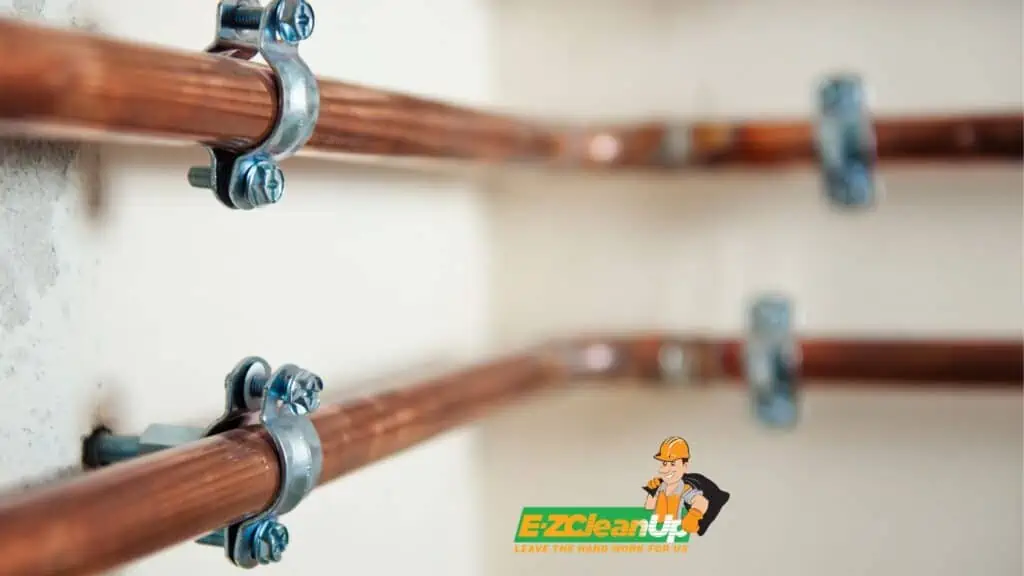
Preparing Copper Pipes for Recycling
Proper preparation is crucial to ensuring that the copper can be recycled efficiently. This involves a series of steps, from collection to cleaning. Each of these steps plays a vital role in maximizing the recyclability of copper pipes.
1. Collecting Scrap Copper Pipes
The first step in recycling copper pipes is gathering and sorting the material. This process is critical for separating copper pipes from other types of scrap metal and for organizing them in a way that simplifies further processing.
2. Organizing Copper Pipes by Type and Quality
Organizing copper pipes by type and quality involves differentiating between pipes used for various purposes, such as water supply or gas. Additionally, it’s important to assess the cleanliness of the copper.
Pipes free from significant corrosion and contaminants are classified as clean. On the other hand, those with visible corrosion, dirt, or other materials are considered contaminated.
3. Cleaning and Preparing Copper Pipes
Once collected, the next step is to clean and prepare the copper pipes for recycling. This stage is crucial for removing any materials that might interfere with the recycling process.
Removing Fittings, Solder, and Insulation
Copper pipes often come with fittings, solder, and insulation that must be removed before recycling. Using appropriate tools, such as pipe cutters or wrenches, detach any fittings and strip the pipes of solder and insulation. This ensures that only pure copper is processed, which is essential for maintaining the quality of the recycled material.
Cutting and Sorting by Size and Grade
Cutting copper pipes into manageable lengths facilitates easier handling and processing. After cutting, sorting the pipes by size and grade further streamlines the recycling process. This step is important for recycling centers to efficiently melt and repurpose the copper, as different sizes and grades may require separate processing methods.
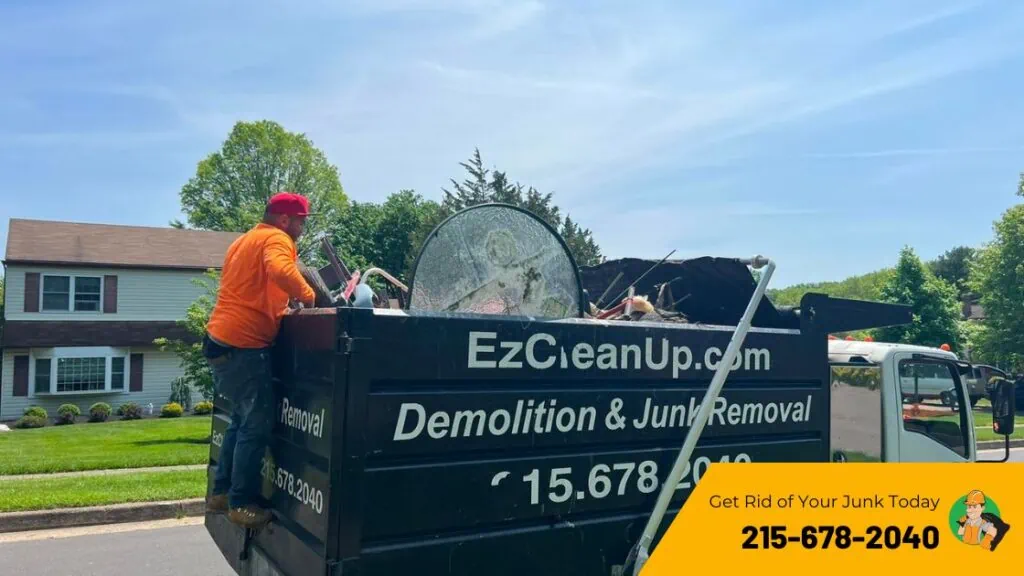
Turn Your Copper Trash Into Cash
Recycling copper pipes isn’t just about environmental responsibility; it can lead to financial gain and creative innovation. By understanding the process and market dynamics, individuals and businesses can maximize returns while contributing to sustainability.
Looking to dispose of junk, including copper pipes, responsibly? At EZ CleanUp, we pride ourselves on responsible disposal practices. We handle a wide range of materials, including copper pipes, provided they are free from hazardous contamination. Let us help you make a difference.
Remember, proper preparation is key. Let’s recycle responsibly. Contact us to learn more.

